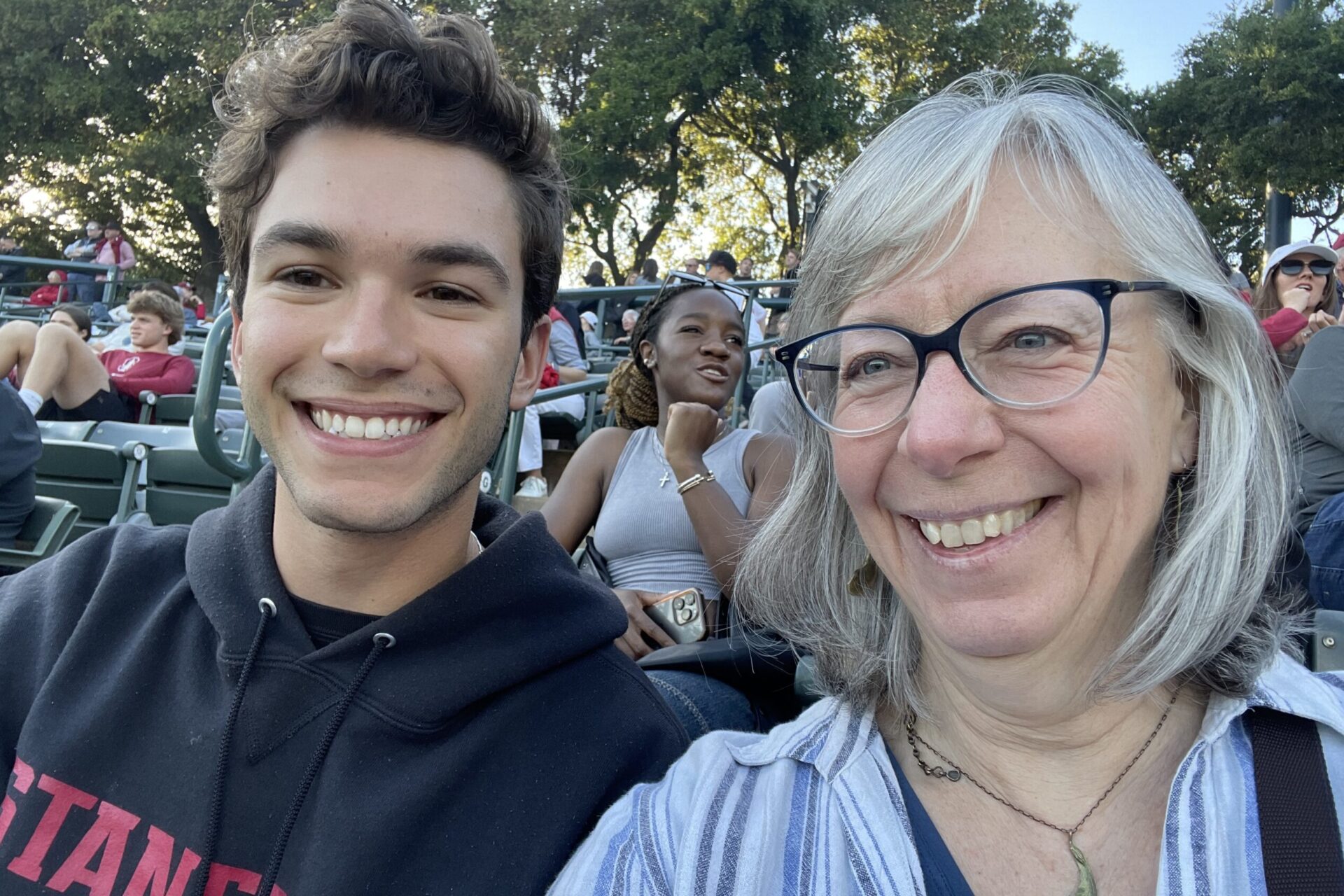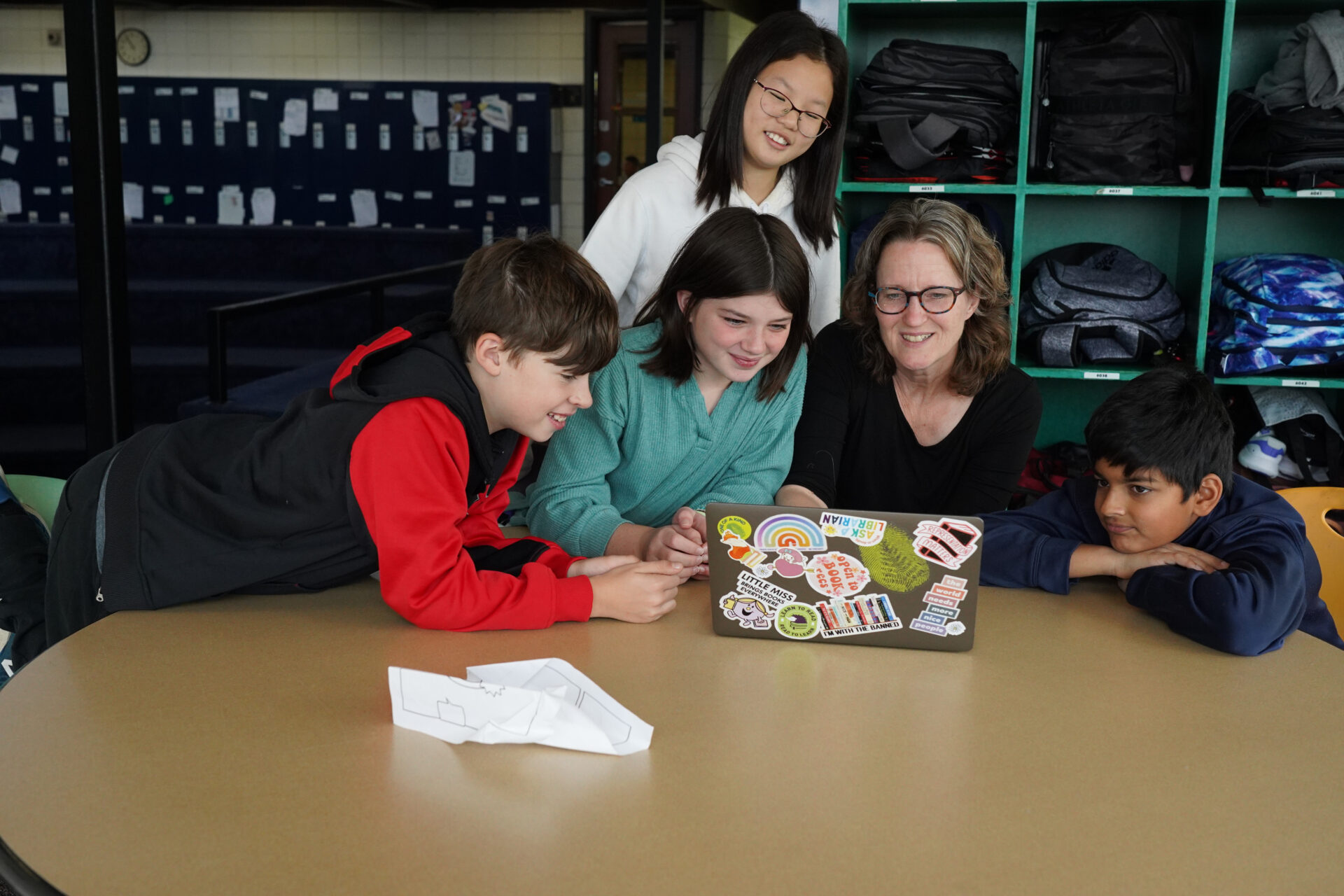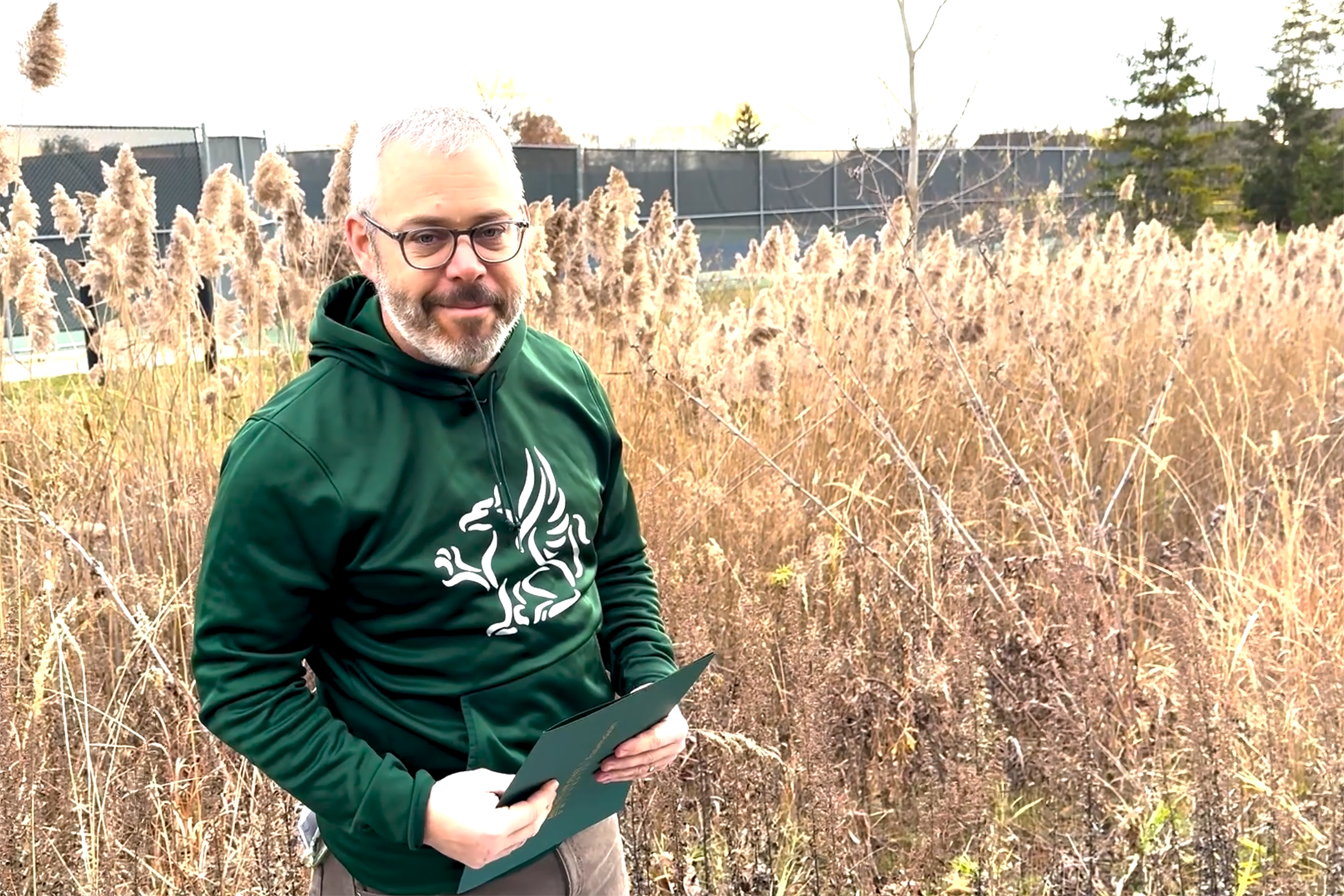Brandon Groff and Deano Smith: Into Nature
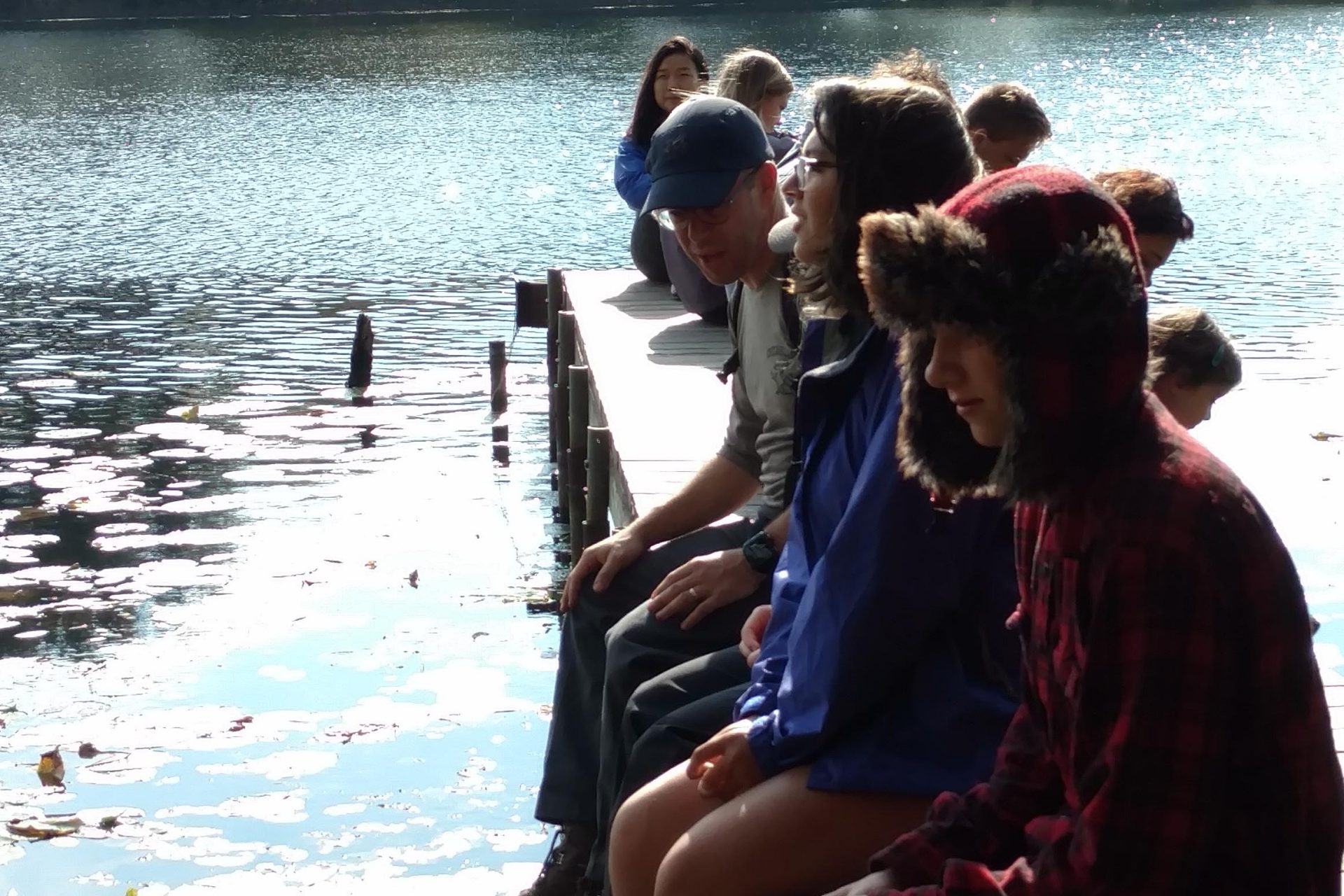
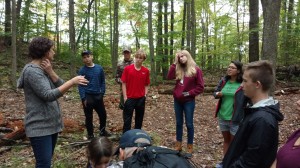 After parent-teacher conferences concluded, we loaded vehicles with adventurous students and headed north to Eastern Michigan University’s Kresge Environmental Education Center (soon to be renamed Fish Lake Environmental Education Center), just outside of Lapeer.
After parent-teacher conferences concluded, we loaded vehicles with adventurous students and headed north to Eastern Michigan University’s Kresge Environmental Education Center (soon to be renamed Fish Lake Environmental Education Center), just outside of Lapeer.
Students were greeted by Eastern Michigan University biology faculty member–and Greenhills’ 2017 visiting scientist–Dr Katy Greenwald. Dr. Greenwald uses Fish Lake Environmental Education Center in a field herpetology course that she teaches.
We were keen to explore the offerings provided by the education center, and wanted our students to consider how seasonality affects organisms, geology, meteorology, and ecology. On this trip students had the opportunity to interact directly with the environment, and were led by their teachers and EMU faculty in various investigations, including:
-
Lesson on observation with apples
-
Photosynthesis and photopigments
-
The connecting role of energy: seasons, solar radiation, and living organisms
-
Changing of solar energy and hours of daylight with seasons
-
Trees going dormant, dry wood, and making smores
-
Seasonal weather patterns, mist, cloudy skies–>no telescope observing this time
-
10,000-year-old bog
-
Glacial formations and their impact on groundwater and habitats
-
Redback salamanders, tiger salamanders, unisexual salamanders, toads, tree frog, green frogs, bull frogs
-
Turkey vulture flight – again energy, including thermal energy (convective air currents), kinetic energy, and gravitational energy.
—By Brandon Groff, who teaches among other class offerings in the Greenhills Science Department, Natural History of Living Things and Ecology and Global Sustainability; amd Deano Smith, who teaches Earth, Solar System, and Universe. These two courses work well to provide a solid survey of and foundation for further studies in the natural sciences.


